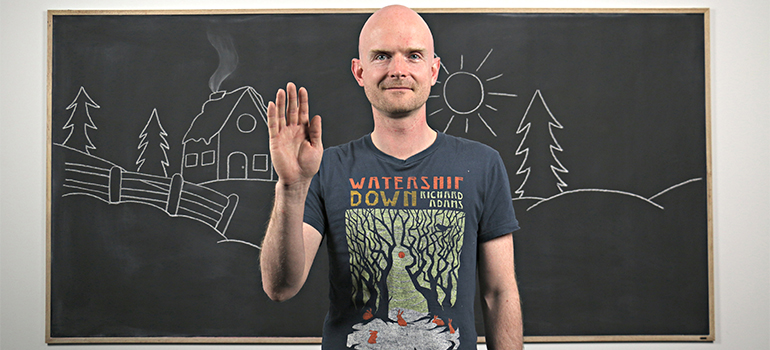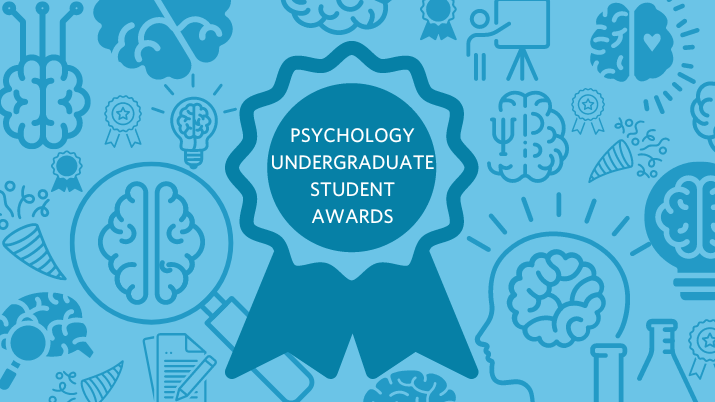

A blackboard and chalk may not sound like cutting edge technology, but there’s nothing old-fashioned about the way UBC psychology instructor Steven Barnes employs the classic tools of the teaching trade.
With the help of research assistant Chandra Jade, the tenure-track instructor is developing a series of 10 stop-motion animations for his third-year Brain and Behaviour course. Barnes, who is also an active video artist, has painstakingly hand-drawn each frame of the animations on a blackboard, illuminating such difficult-to-grasp topics as neurophysiology, epigenetics and neuroanatomy.
“Each video takes about 40 hours of work for two people,” Barnes explains. It’s an involved process that starts with a script, followed by storyboards, draft drawings, chalkboard animation drawn in real-time, and postproduction.
The videos offer more than the opportunity for Barnes to flex his artistic muscle; above all, they’re valuable learning tools for his students. “One nice feature of chalkboard animation is it allows you to zoom in on things,” he notes. “Usually, if you have a textbook, you have a static image that’s completely decontextualized. If students have no biology background, it’s difficult for them to understand what they’re looking at. I can show an organism, and then maybe the whole cell, and then drill down to the cell components that are important.”
In his video on epigenetic mechanisms, for example, Barnes draws an image of a brain, and then appears to pull at the image to “zoom” into a cell, the cell nucleus, and the chromosomes within the nucleus. The sequence ends with Barnes “pulling” DNA out of the chromosome—a neat visual trick cleverly rendered using varying lengths of string taped to the chalkboard.
In addition to the “wow” factor for students, Barnes says the animations will help shift his classroom away from the standard lecture format. “I’m hoping to move some of the content that isn’t really easy or fruitful to lecture about into an online format that students can repeatedly revisit. Then I can use the class time for activities that test their knowledge, as opposed to just having me stand up at the front of the class and be a talking head,” he remarks. “I personally believe if you make things a bit more fun and more memorable, you’re going to remember more. I think it just makes sense.”
This story was originally published on UBC News.


